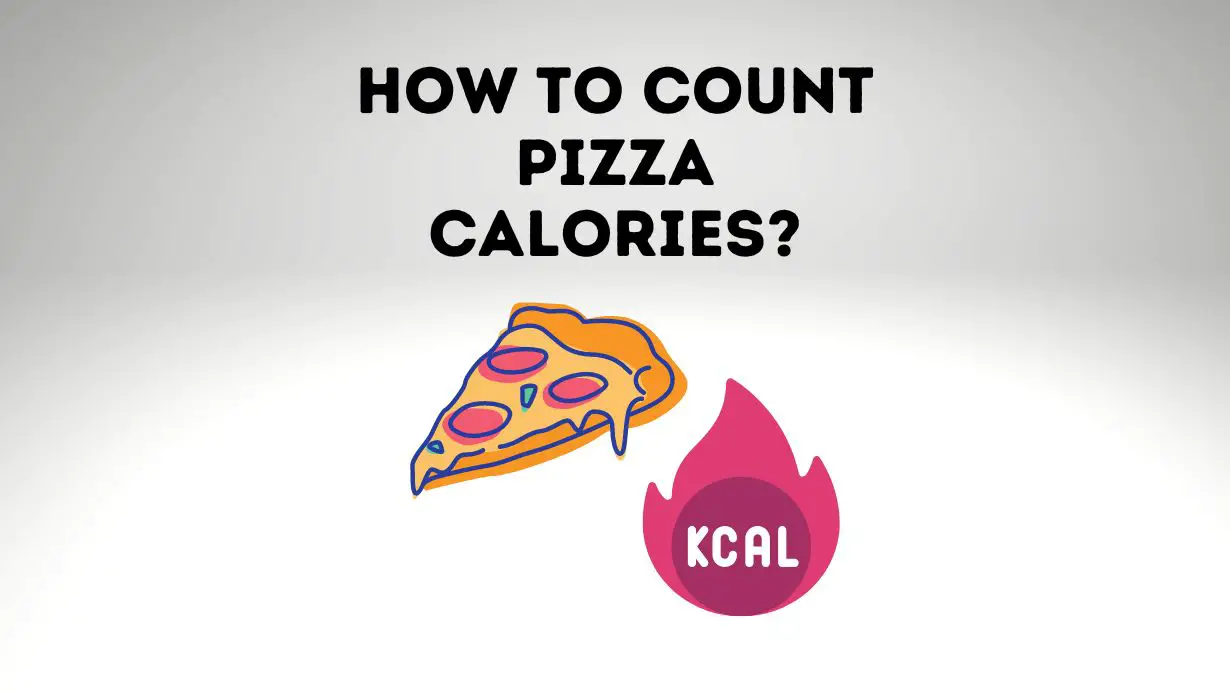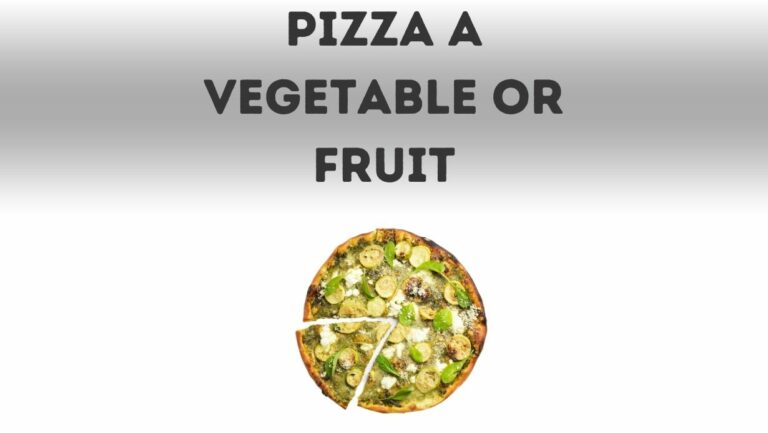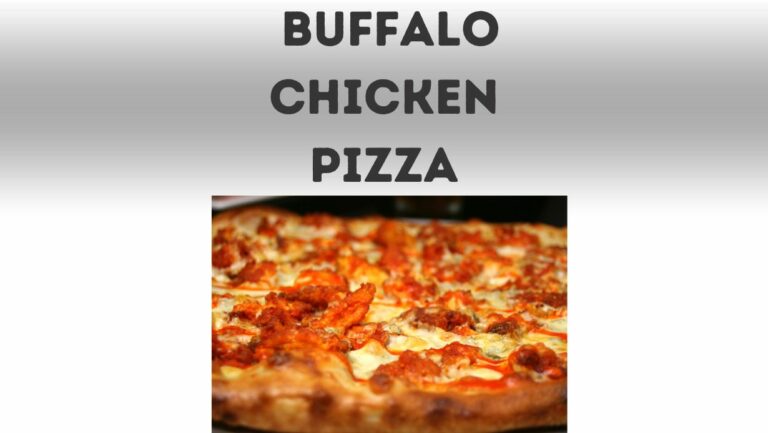
When ordering a pizza, it’s important to know how much of the good stuff you’re consuming. Not only can it help you stay on track with your health goals, but it also makes sure that you’re getting the most bang for your buck. But counting calories is tricky when it comes to pizza – and it doesn’t help that there are so many different types and toppings out there. In this blog post, we will discuss how to count pizza calories accurately and efficiently so that you can enjoy your favorite indulgence without worrying about going overboard.
The Different Types of Pizza
Pizza is a classic dish that can be made in many different ways. Whether you like your pizza with lots of toppings or just a few, there’s a pizza out there for you. And, depending on how it’s made, pizza can range from being a relatively healthy meal to one that’s loaded with calories. So, if you’re trying to watch your calorie intake, it’s important to know how to count the calories in your favorite pizzas.
One of the most popular types of pizza is thin crust. This type of pizza has a very thin layer of dough and is often topped with just a few simple ingredients. While it may not be as filling as some of the other types of pizza, it is usually lower in calories.
Another popular type of pizza is deep dish. As the name suggests, this type of pizza has a deep, thick crust that’s filled with lots of cheese and toppings. While it’s certainly delicious, it’s also one of the highest calorie pizzas you can eat.
If you’re looking for something in between these two extremes, there are many different types of pizzas that offer a happy medium. For example, Neapolitan pizza has a thicker crust than thin crust but isn’t as deep as deep dish. This type of pizza is often made with fresh ingredients and doesn’t have as many toppings as some of the other options.
No matter what type of pizza you’re eating, it’s important to be aware of how many calories are in it. While pizza can be a delicious part of your diet, you don’t want to overdo it and end up consuming too many calories.
How to Count Pizza Calories?
The average American pizza is 20 inches in diameter and has between 250 and 300 calories. If you’re trying to watch your weight, you may be wondering how to count pizza calories.
Here are a few tips:
1. Use a calorie calculator: There are many online tools that can help you calculate the calorie content of your pizza. Simply enter the size of your pizza and the toppings you’ve chosen.
2. Know your toppings: Some toppings are more calorie-dense than others. For example, pepperoni and sausage are high in fat and calories, while vegetables like mushrooms and onions are lower in calories.
3. Share your pizza: If you’re eating out with friends, consider sharing a large pizza instead of ordering one for yourself. This way, you’ll still get to enjoy the flavor of pizza without consuming as many calories.
4. Make it at home: You can control the ingredients in your homemade pizzas, so they can be healthier than takeout or delivery options. Use whole-wheat dough, low-fat cheese, and lots of vegetables for a nutritious meal.
Pros and Cons of a Pizza Diet
Pizza is one of the most popular foods in the world. It’s also one of the most calorie-dense. A large pizza can have up to 3,000 calories. That’s more than most people need in a day.
If you’re trying to lose weight, you might be wondering if a pizza diet is right for you. Here are some pros and cons to consider:
Pros:
• Pizza is filling. One slice can be satisfying, so you’re less likely to snack on unhealthy junk food later.
• Pizza has some nutrients. While it’s mostly carbs and fat, pizza does have some calcium and vitamins from the cheese and tomato sauce.
Cons:
• Pizza is high in calories and fat. If you eat too much, you could end up gaining weight instead of losing it.
• Pizza isn’t very nutrient-dense. You could get the same nutrients from other foods that are lower in calories and fat.
Alternatives to the Pizza Diet
If you’re looking to cut down on your pizza intake but don’t want to give it up entirely, there are some alternatives that can help. One option is to make your own pizza at home using a healthier dough and lower-fat toppings.
You can also look for restaurants that offer thinner-crust or whole-wheat pizzas, which tend to be lower in calories than traditional options. If you are ordering out, consider getting a smaller size or sharing with a friend.
And finally, be mindful of the toppings you choose – opt for vegetable toppings over high-fat meats and cheeses. By making these simple changes, you can still enjoy pizza without derailing your diet.
Pizza Calories & Calorie Chart
Pizza is one of the most popular foods in the world and it’s also one of the most calorie-dense. A single slice of pizza can contain upwards of 300 calories, which is a significant portion of the recommended daily caloric intake for most people.
So, how can you keep track of the calories in your pizza and make sure you’re not consuming too many? The best way to do this is by using a pizza calorie calculator or chart.
There are a number of different ones available online, and they’ll all give you a slightly different estimate depending on the toppings and crust you choose.
Once you’ve selected your toppings and crust, simply enter them into the calculator or find them on the chart and you’ll be given an estimate of the total calories in your pizza.
From there, you can decide whether or not you want to adjust your toppings or portion size to reduce the overall calorie count.
How Many Calories Is In 1 Slice Of Pizza?
A slice of pizza is typically around 200 calories. However, the calorie count can vary depending on the size and toppings of the pizza.
Toppings such as sausage or pepperoni can add quite a few extra calories to a slice of pizza. If you are trying to watch your calorie intake, it is important to know how many calories are in your slice of pizza.
How Many Slices Of Pizza Is 500 Calories?
A single slice of pizza is usually around 300 calories. If you’re eating a 500 calorie pizza, that means you’re consuming about 1 ⅔ slices of pizza.
Just remember, the number of slices in a pizza pie can vary depending on how thick or thin the crust is.
Conclusion
Counting pizza calories can help you monitor your overall calorie intake and make sure that you’re getting the right amount of nutrition for a healthy lifestyle. It’s important to keep in mind that all pizzas have different ingredients and toppings, so what applies to one pizza may not apply to another.
You should always do your research when it comes to nutrition facts and ensure that any restaurant or store-bought pizzas contain the food labels needed for counting calories accurately.

Handsomepizza.com is the brainchild of two pizza-obsessed friends who wanted to share their love of pizza. We are dedicated to bringing you the latest news, reviews, and insights on pizza.






